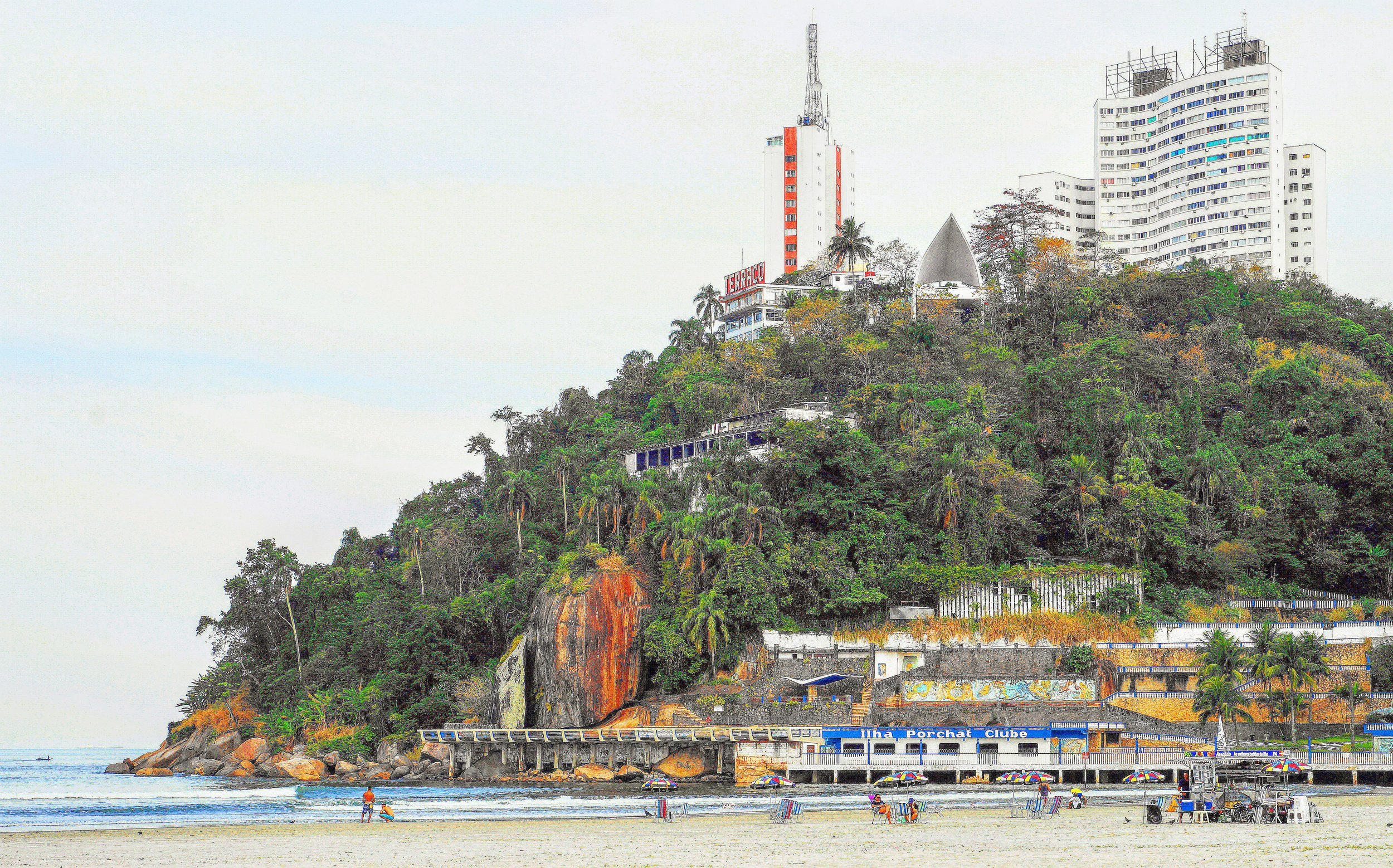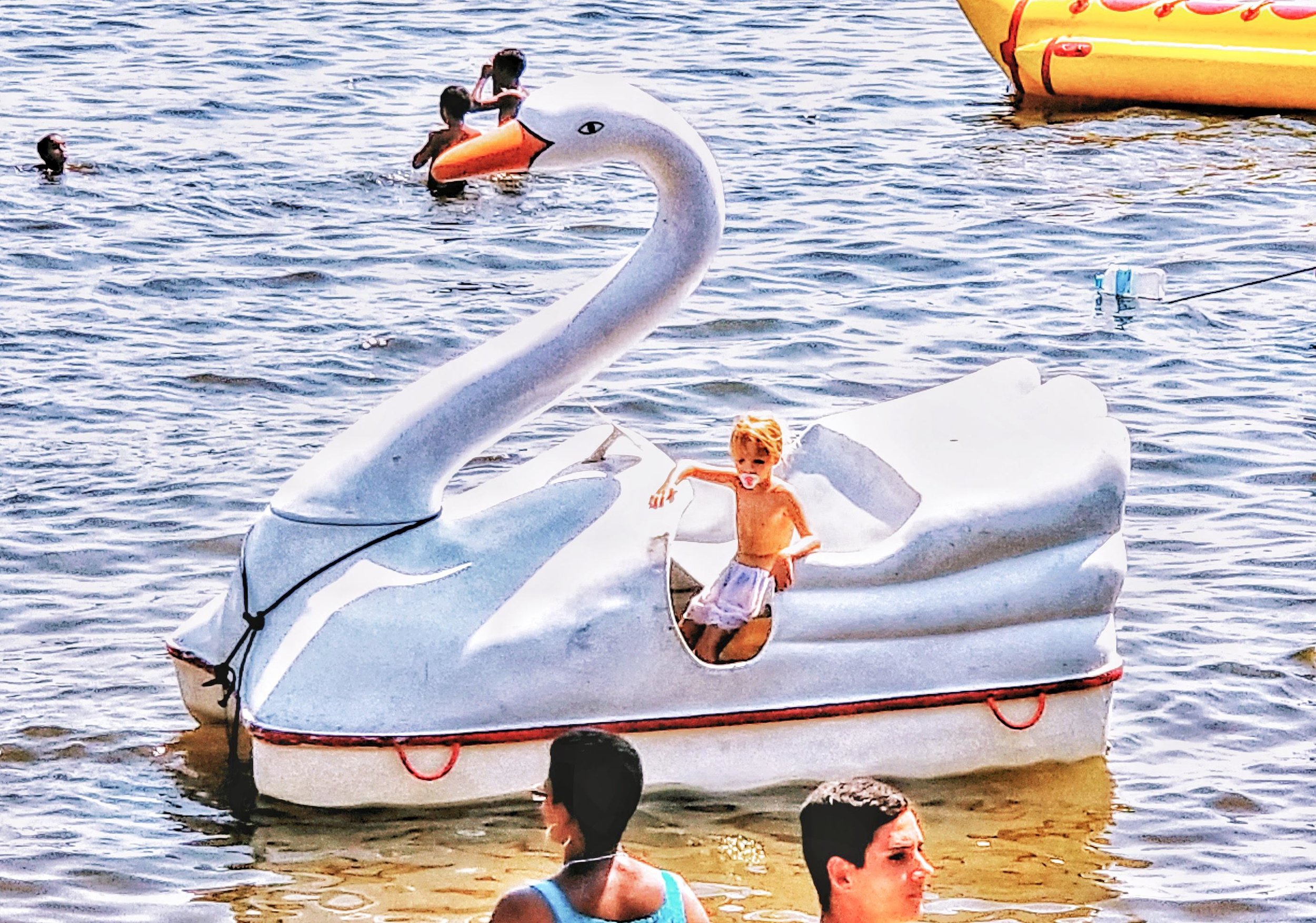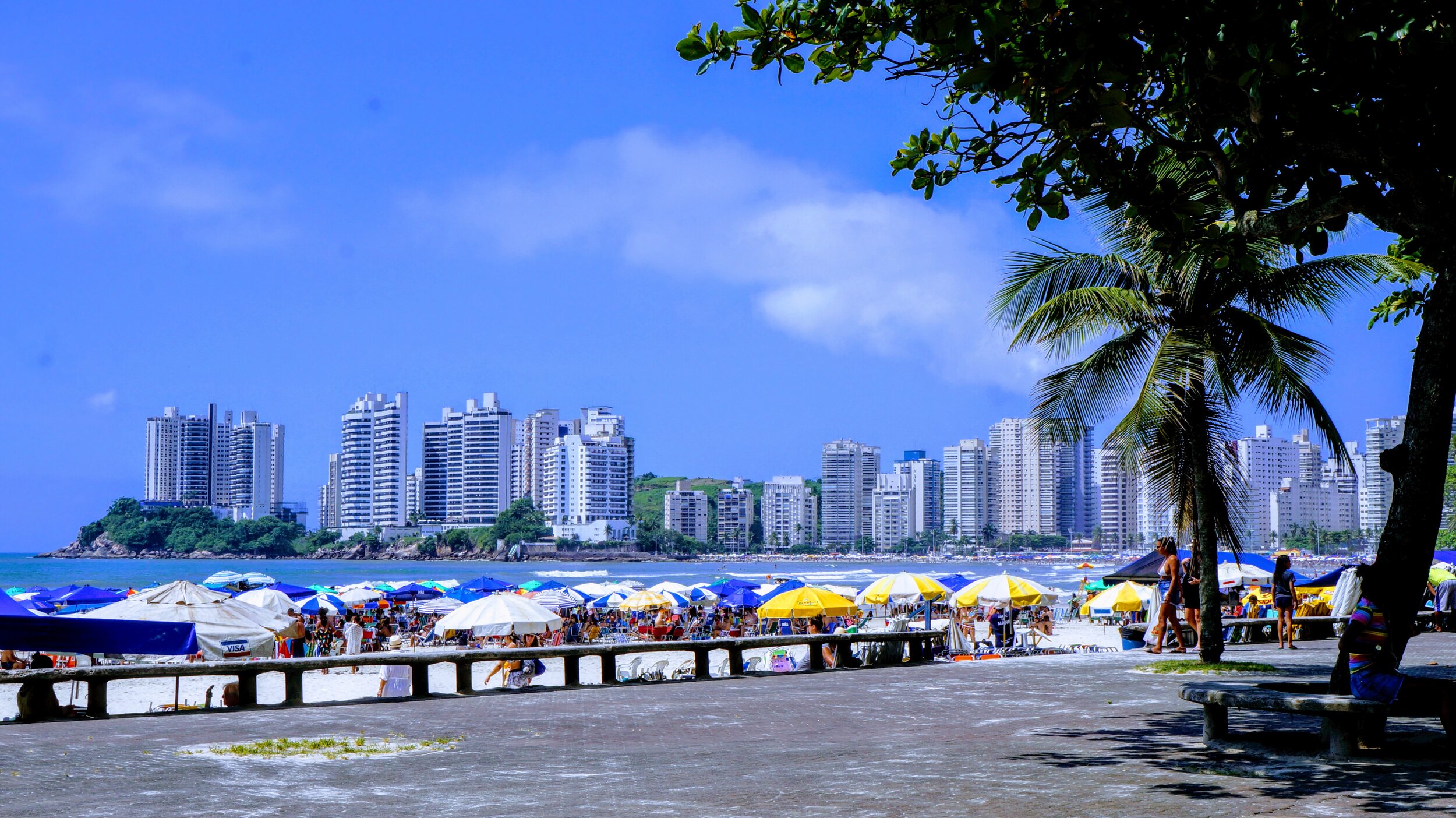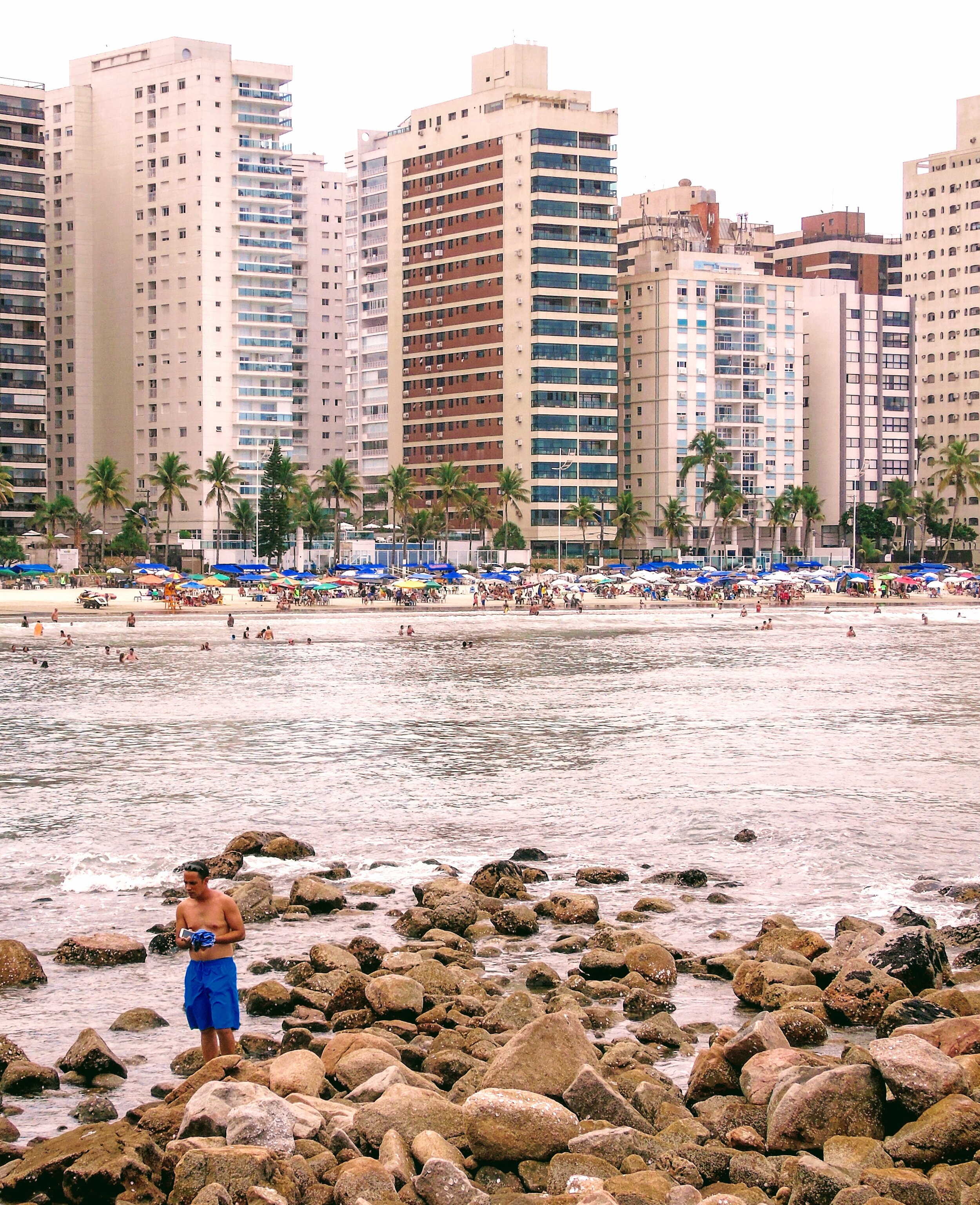visit: Tourism Santos, sp
“The mid-size neighboring cities of Santos - Sao Vicente share a coastal island 50 miles south of mega-city Sao Paulo. One of Brasil’s earliest settlements (1501) the region overflows with history & locals offer a sense of welcoming pride. Santos - Sao Vicente is encircled by ocean-beachfront. And a relaxed urban lifestyle belies South America’s largest Port Complex. Beaches have a white powdery sand. Attraction include an airborne Cable Car of Sao Vicente with overhead rides and the most breathtaking views. Santos mansions display signs of generational wealth created over 5 centuries. The region is home to the world’s 1st Coffee Traders Market as Brasil would dominate global coffee production. ”
Visit: tour guaruja beaches, sp
“Guaruja (goo-a-roo-ja) is an exotic resort planned in late 1800’s for Sao Paulo’s upper classes. Today all are welcome with a short ferry boat ride from Santos. It’s notable for producing championship surfers and catering to tourists as a city (100,000 pop.) filled with an aura of welcome. Beaches large & small are plentiful with protected coves and calm harbors where ocean temps reach a comfortable low-80s (fahrenheit) almost year-round! You’ll Love the quaint village-style cafes, boutiques & even fine-dining restaurants/bars where beach-town dress codes allow ‘shirts & shoes’ as optional in most establishments.”








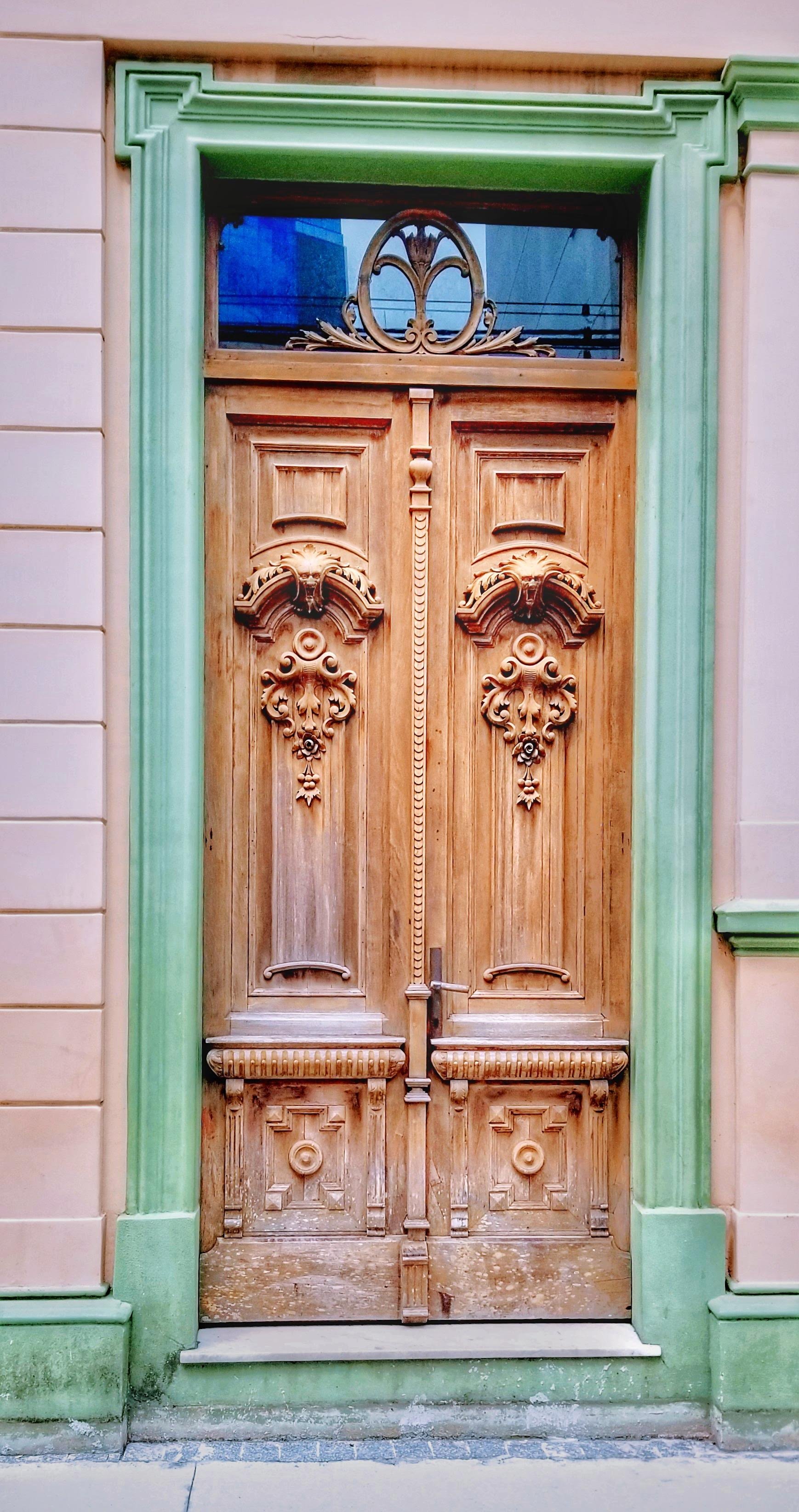


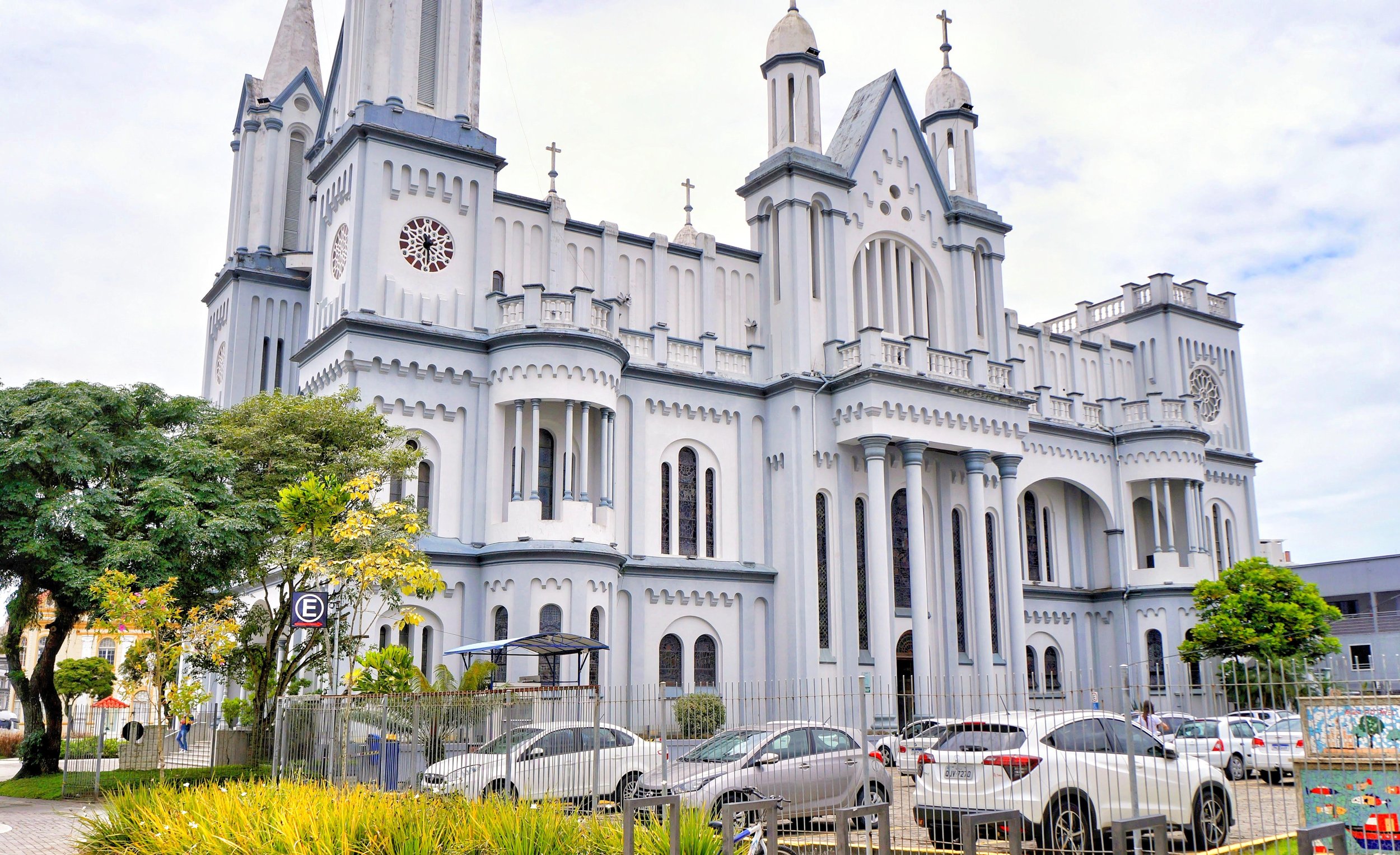


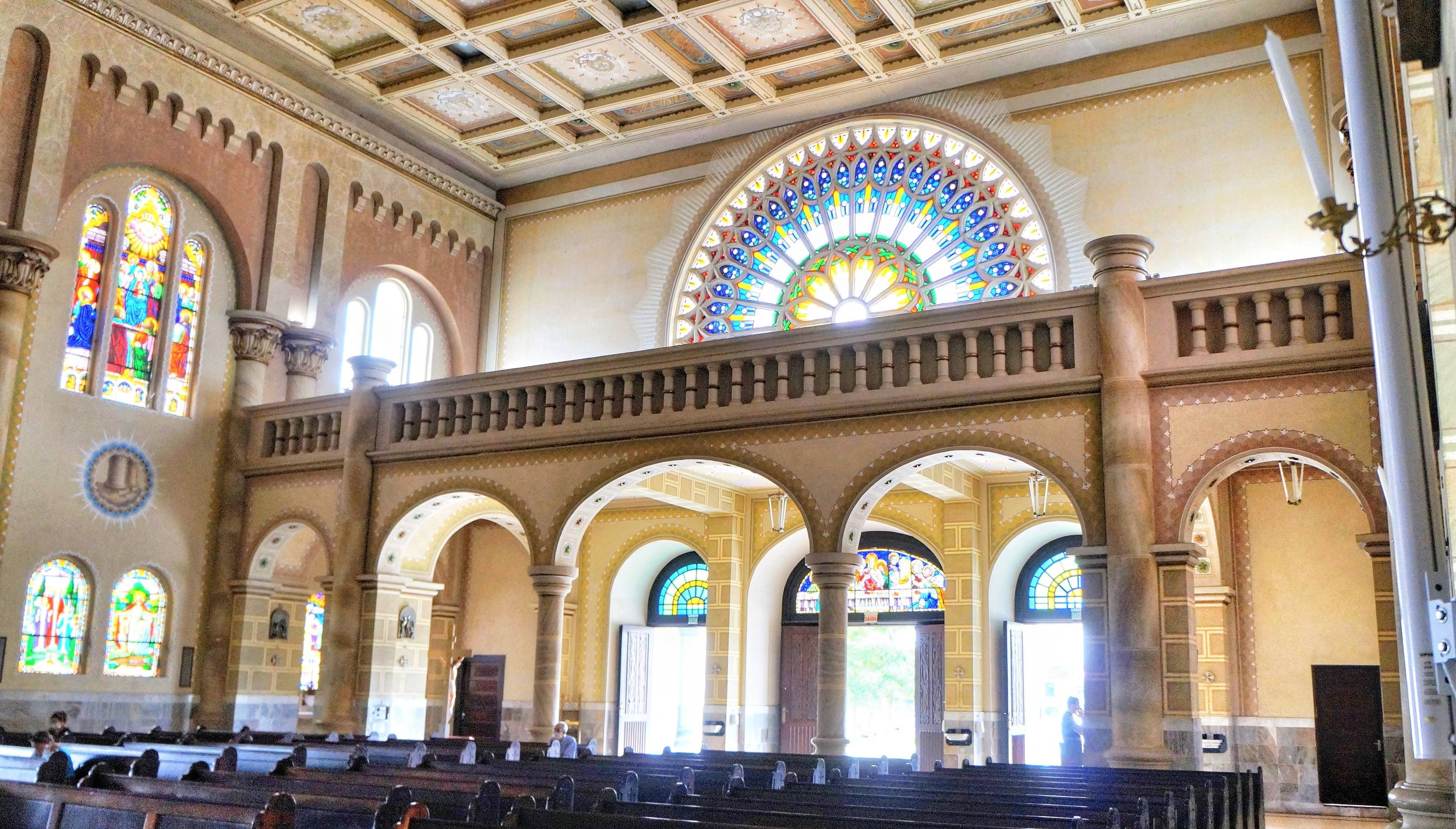




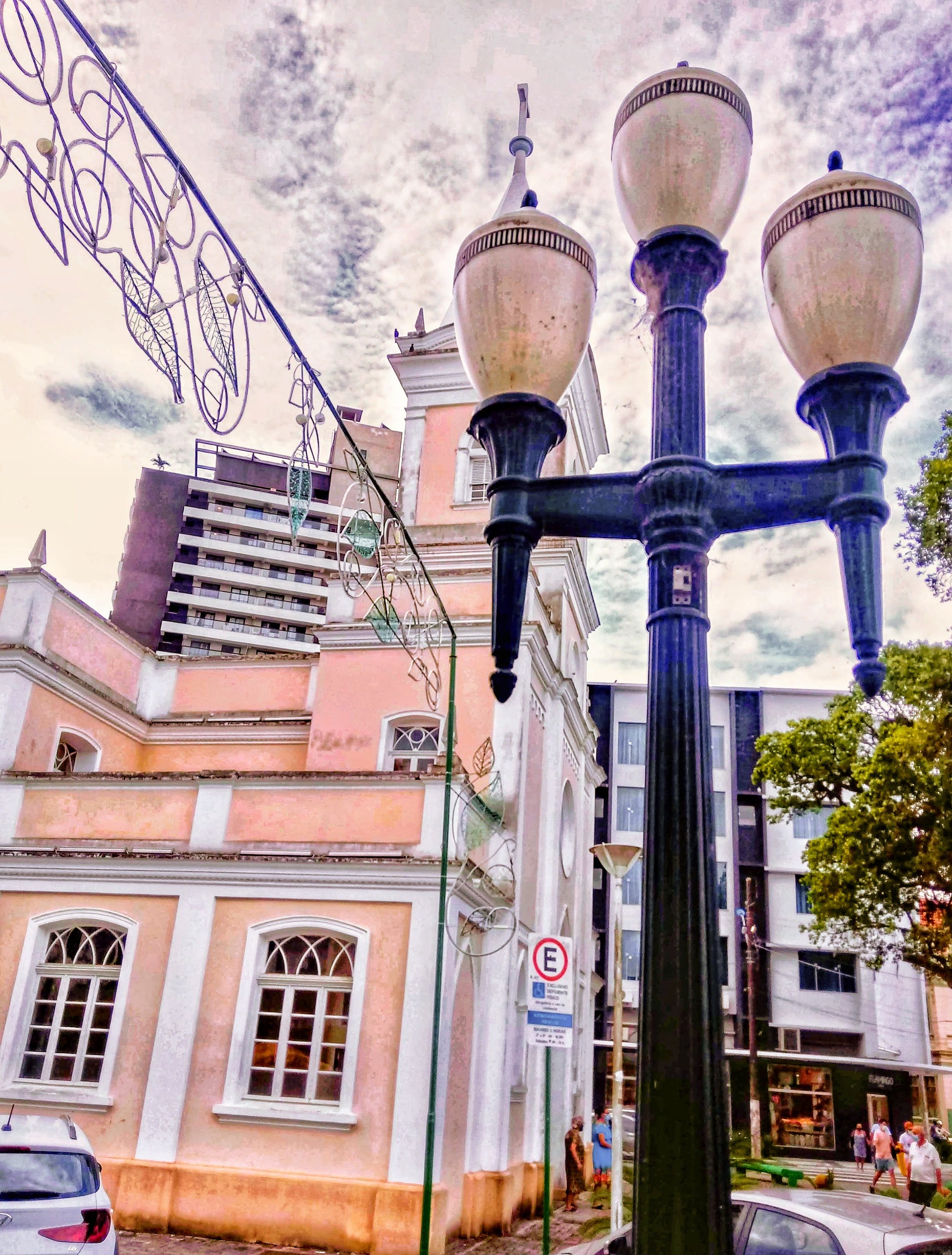
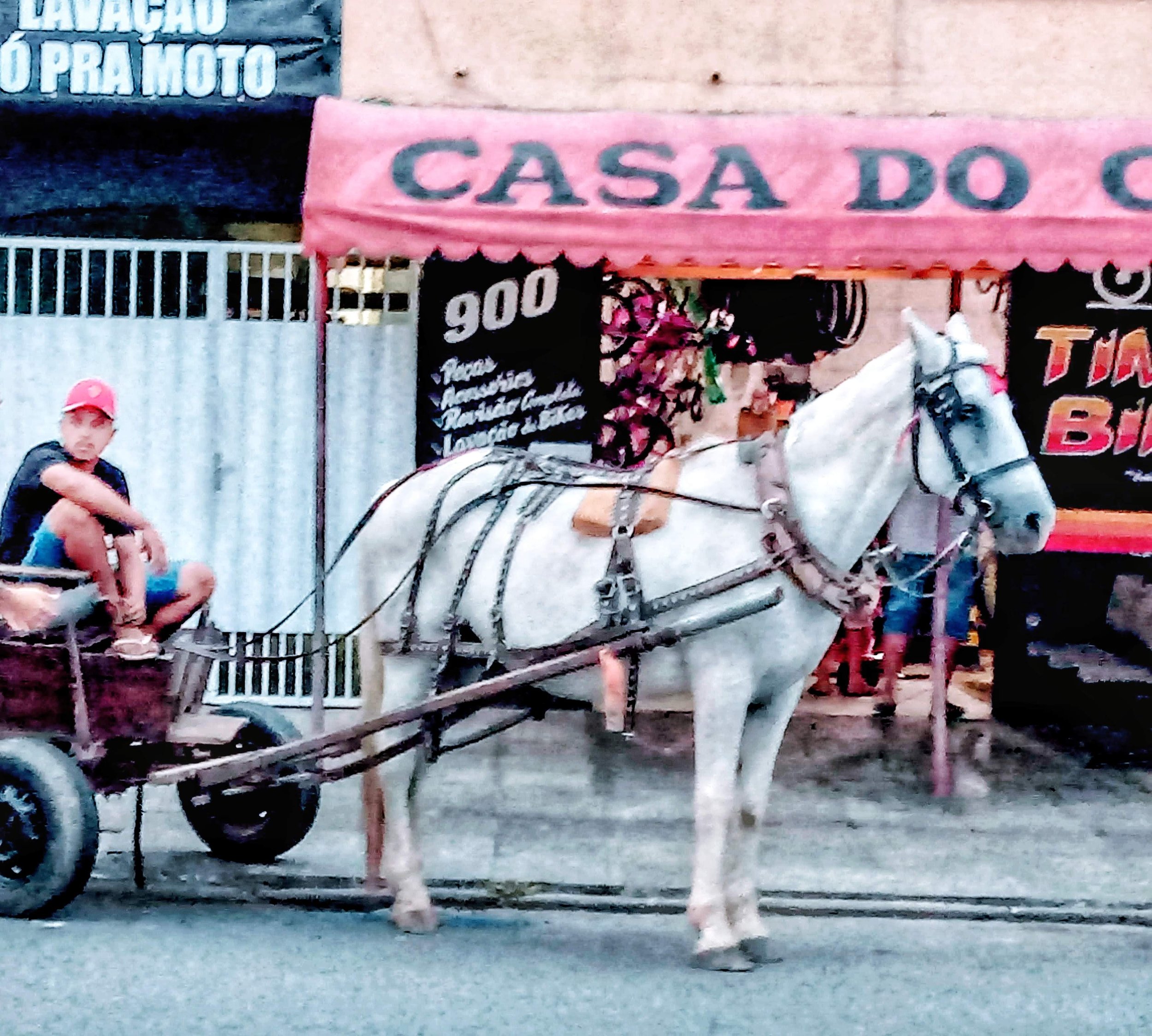
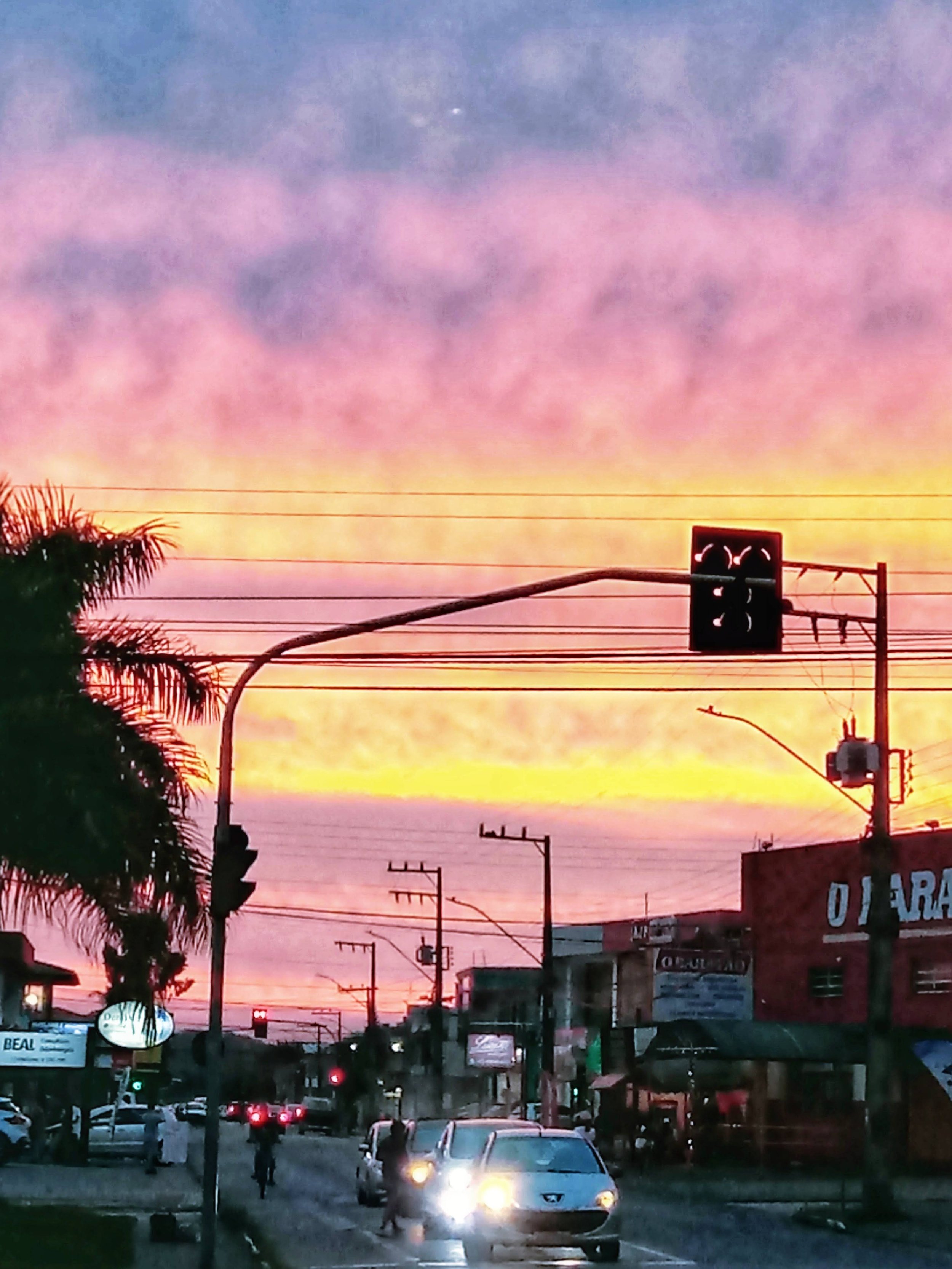




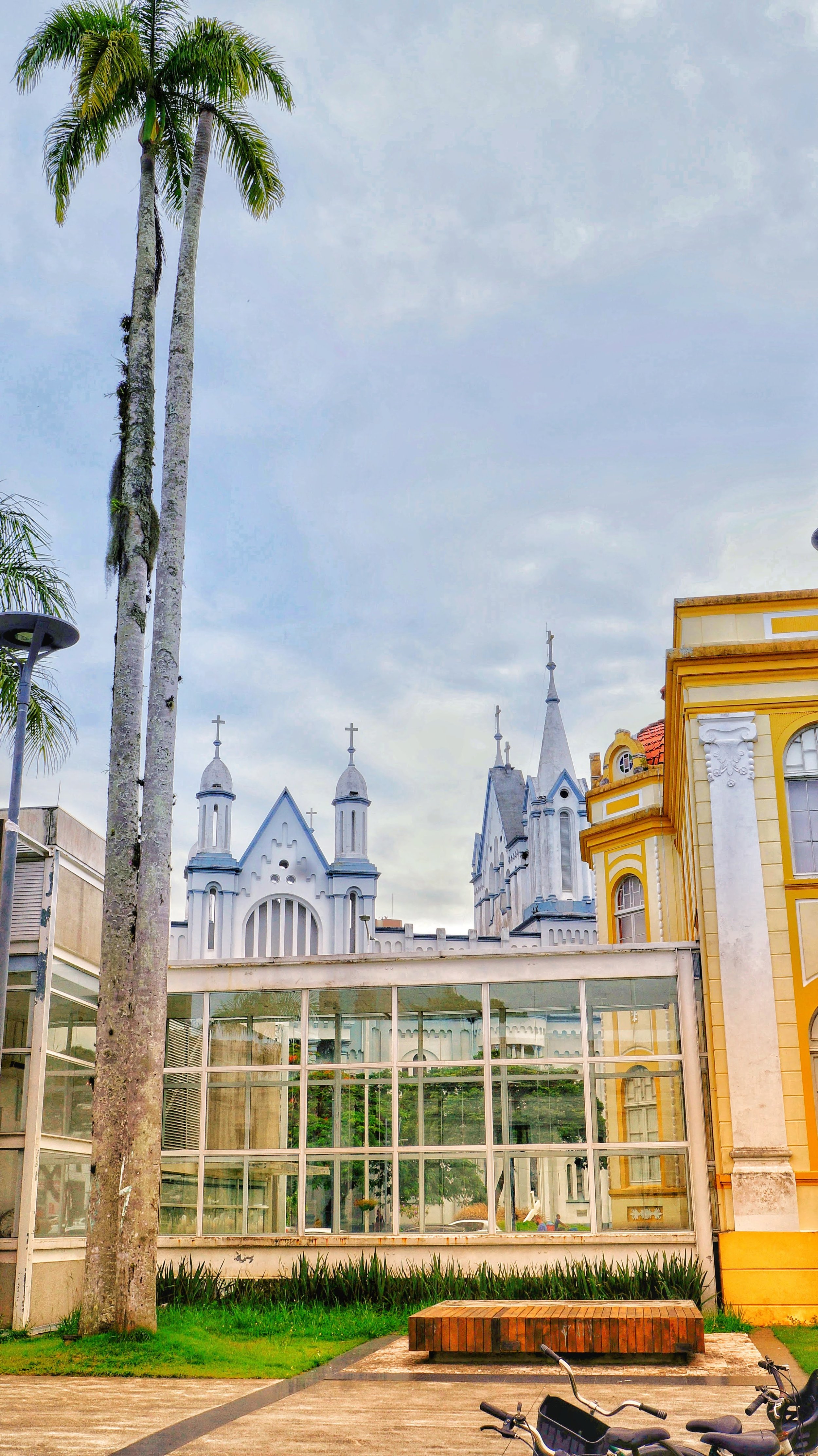










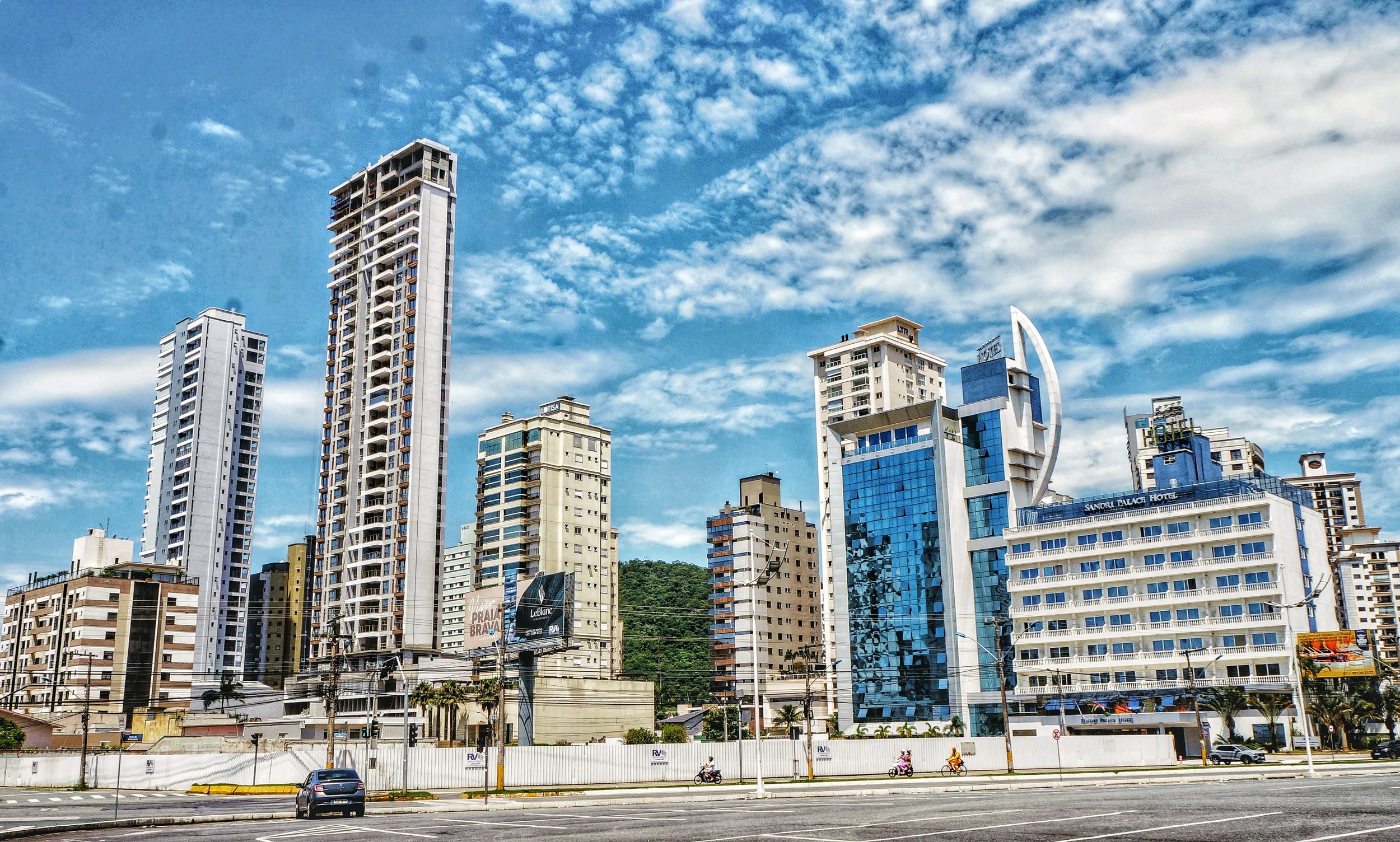
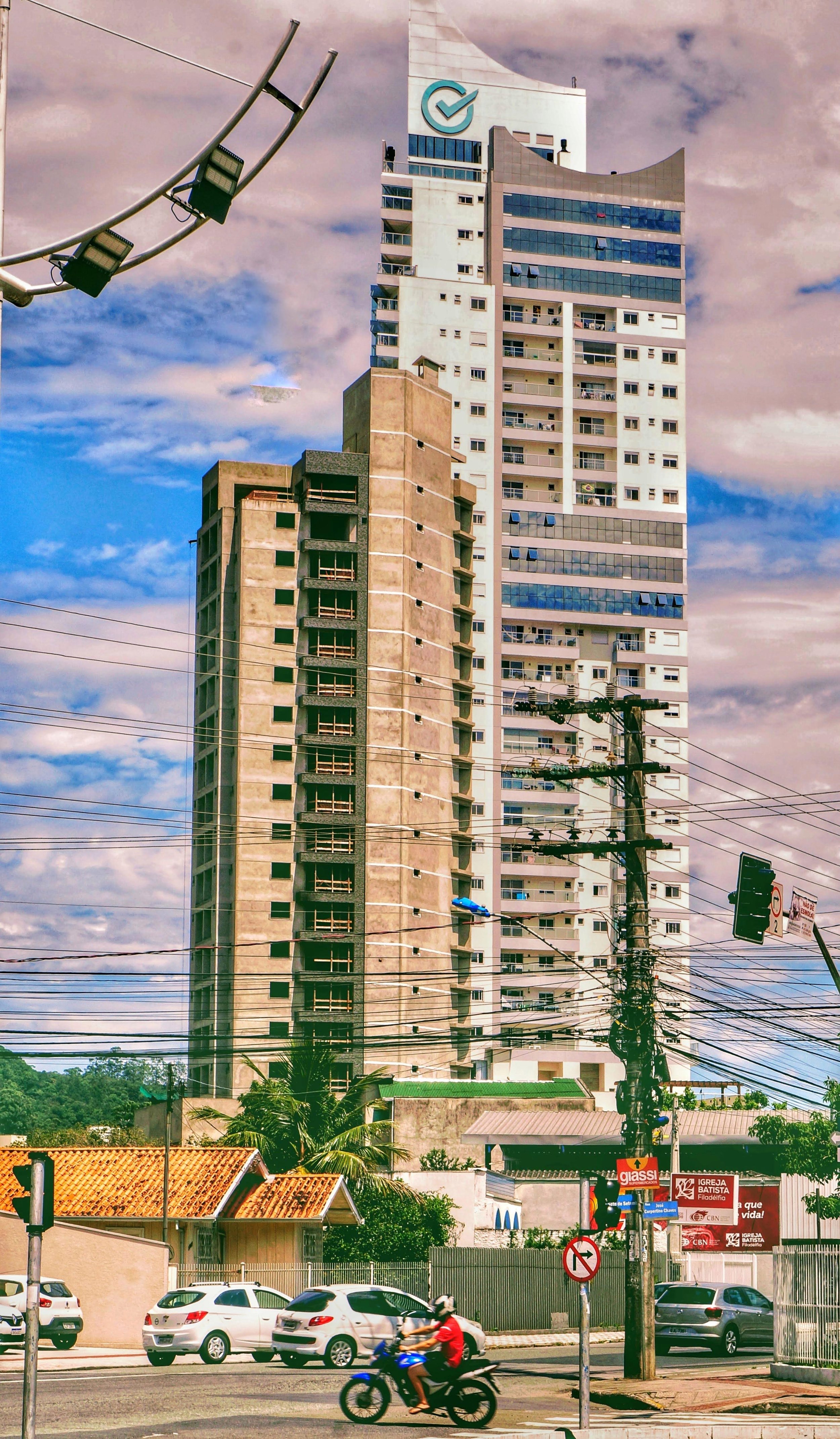


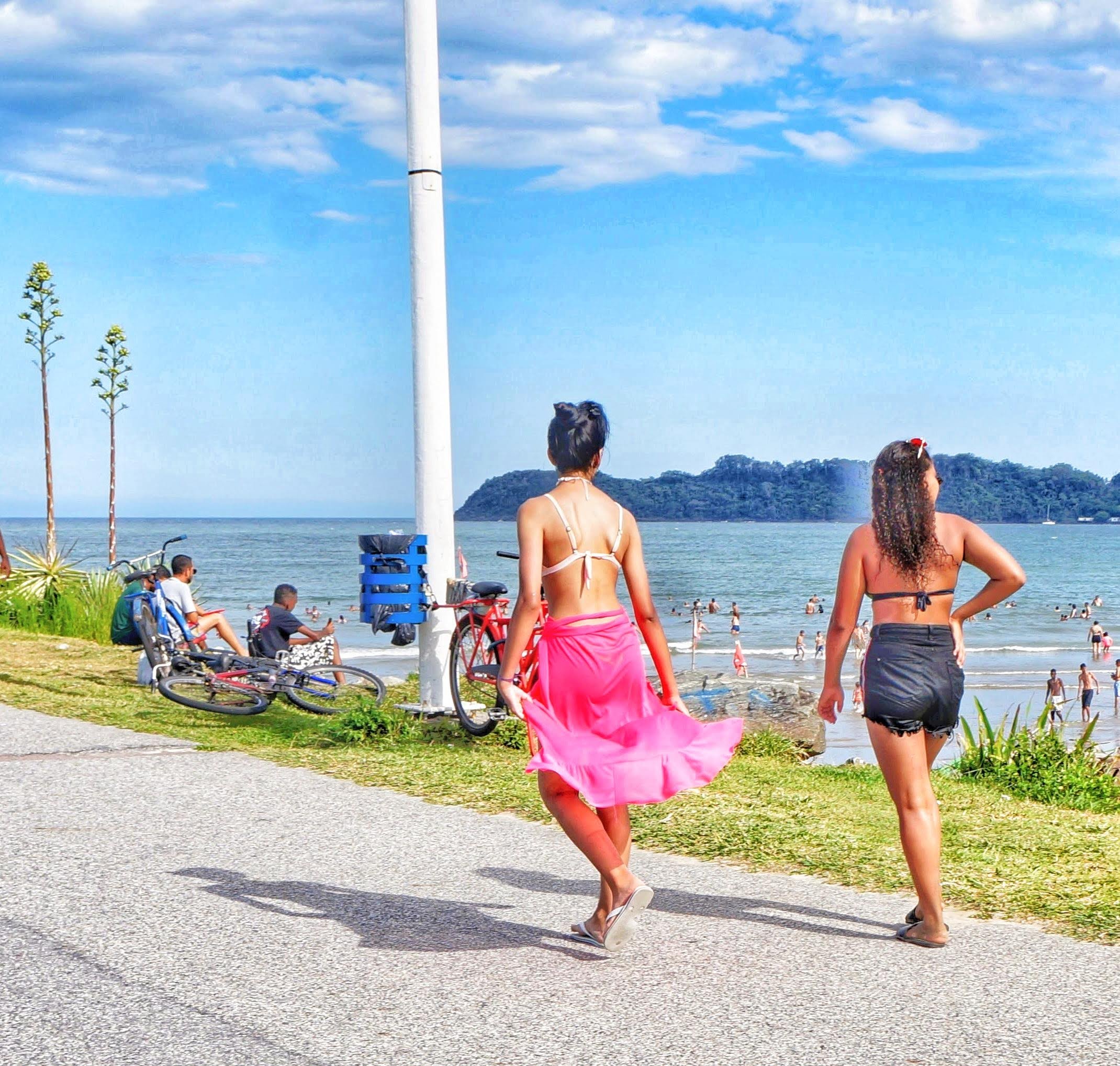

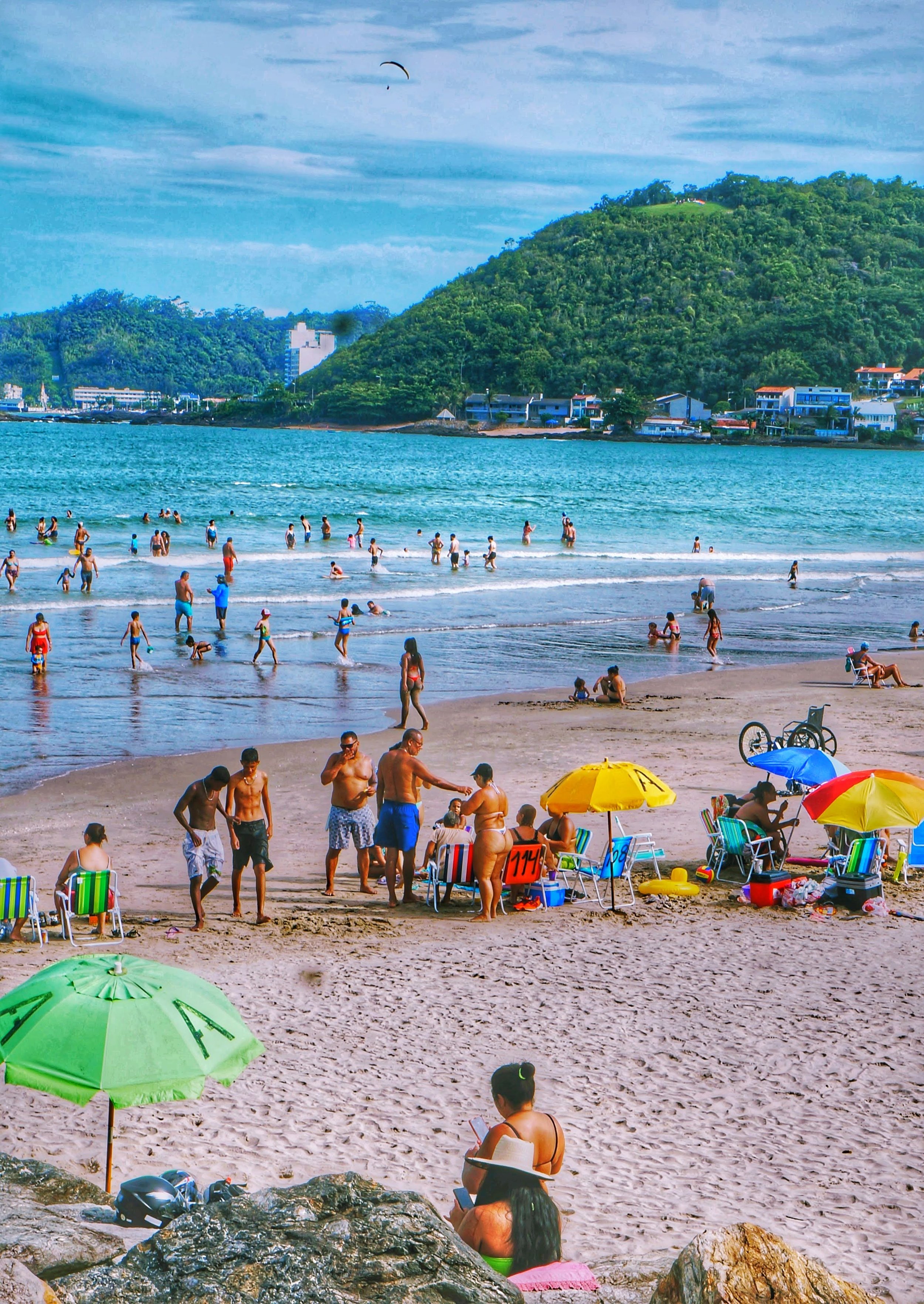
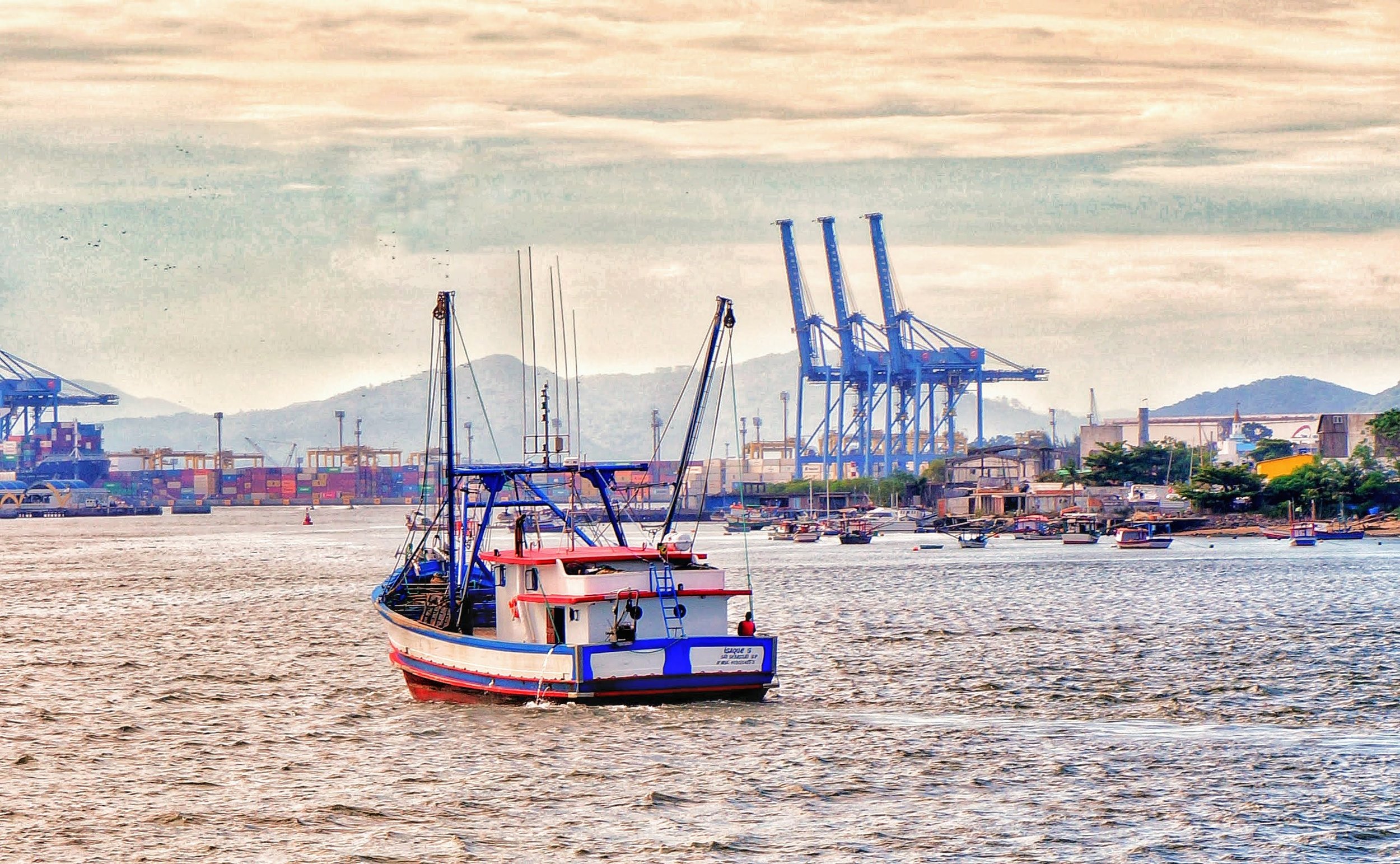









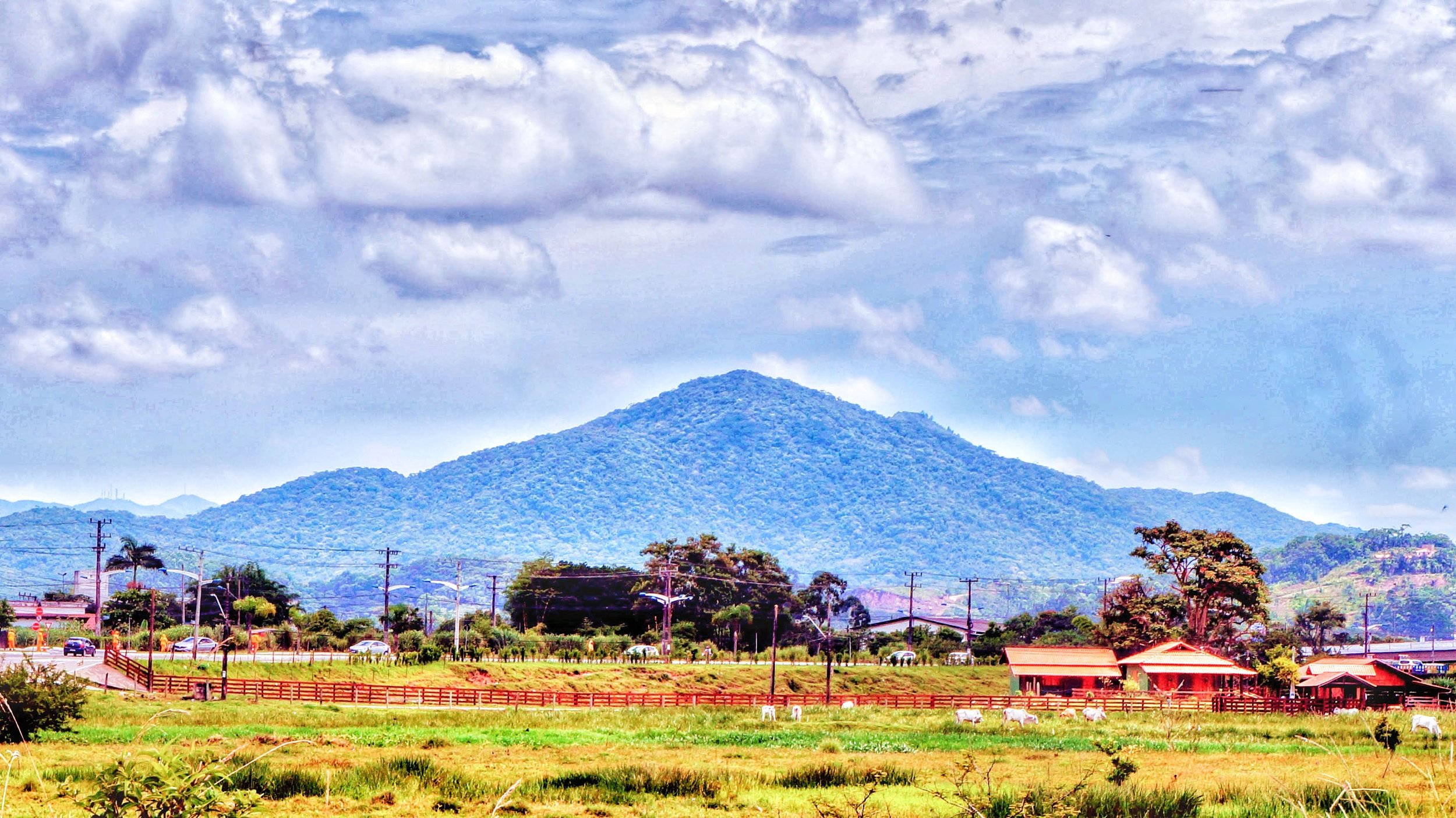



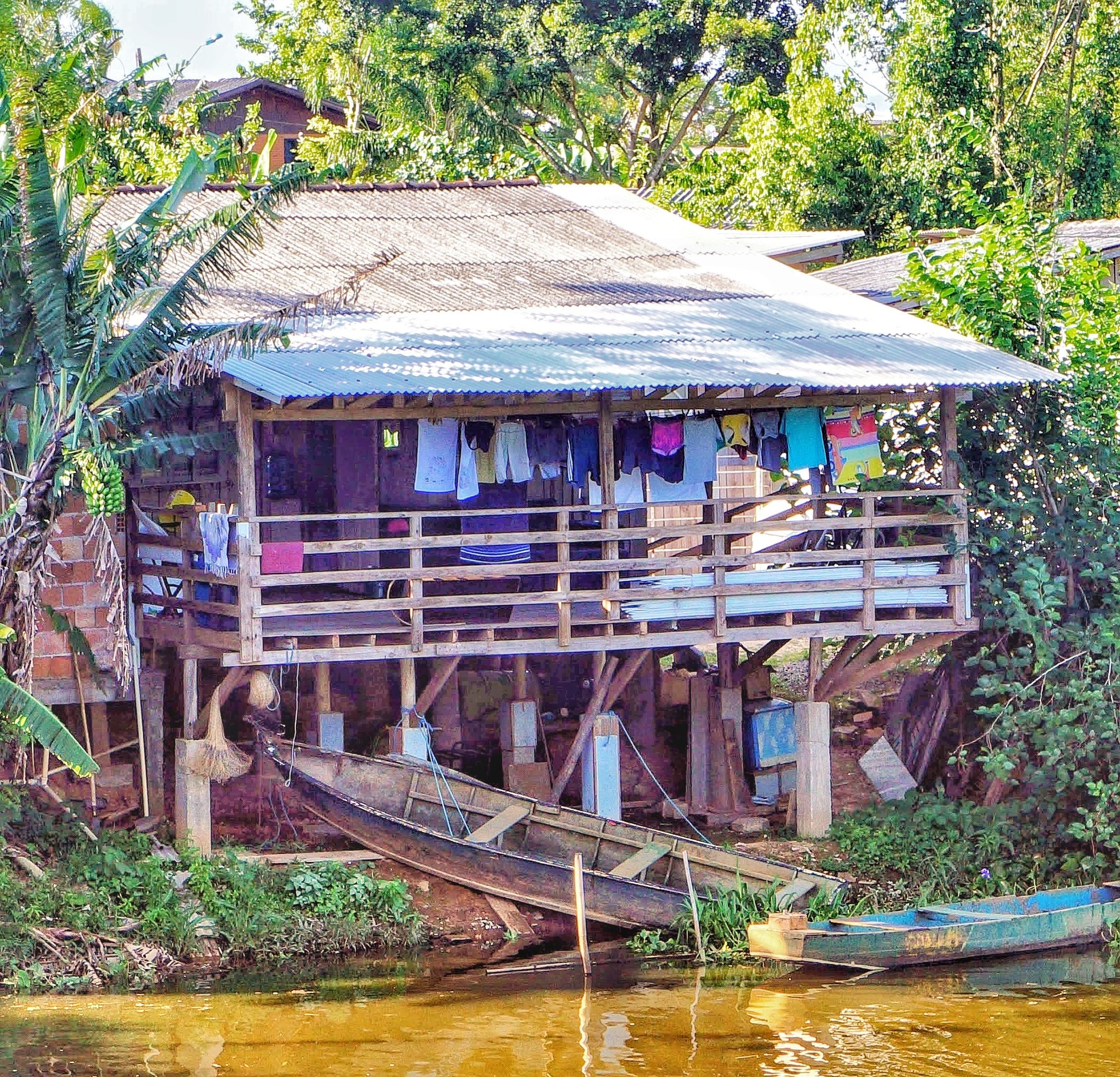







visit: TOURISM ITAJAI, SC
“Following early 1500’s development in Brasil’s north, the southern portion of the huge land would become occupied by the Spanish Crown (1542) on today’s Santa Caterina Island. Eventually by 1675 the Portuguese took control and established a ‘legal captaincy’ in 1738. Joining Portuguese settlers throughout 18th-19th centuries were waves of immigrants primarily from Germany and Italy. With education & merchant skills, residents of Santa Caterina organized Brasil’s first state south of Sao Paulo. Today this tiny state (among 25) enjoys BR’s highest indexes in GDP, literacy, life expectancy & quality of life. The Itajai Valley communities have a growth diverse economy charged by industrialization and promotion of an active international Port facility.”
visit: tourism curitiba, pr
“This is modern urban Brasil. Located in the southern interior, Curitiba is recognized internationally as leading-edge in applying advanced urban development theory. It’s also Capital of the inland state of Parana.
Curitiba is a thriving urban laboratory. In 1968 the City’s scholarly urban-planner Mayor, Jaime Learner announced a program for ‘urban acupuncture’. The program would assert that collaborative public/private policies must focus on narrow ‘pressure points’ in city systems to generate positive ripple effects building momentum for efficient solutions. Practical urban acupuncture reclaims land & finance for broader public uses emphasizing the importance of overall community development. Like acupuncture it emphasizes pinpoint interventions to create an immediate, visible impact.
Curitiba is considered Brasil’s best/safest place to live/work. It’s considered the best for investment & economic development. Their business roster includes multi-national corporations in technology - industrial - transportation logistic services center.
Additionally mining operations in surrounding mountain ranges result in growing infrastructure development to further transform Curitiba into a global south Brasil manufacturing-shipping hub. Top international bodies have ranked Curitiba (metro 3.2 million pop.) as one of the globe’s most sustainable & cost-effective urban development models. Immigration was high from Ukraine, Poland & later from Germany, Italy, Japan creating an wholly diverse metro region. There’s pride in Curitiba’s highly evolved modern systems approach to public services like transportation, housing, education, family childcare, cultural arts & economic development. ”



































